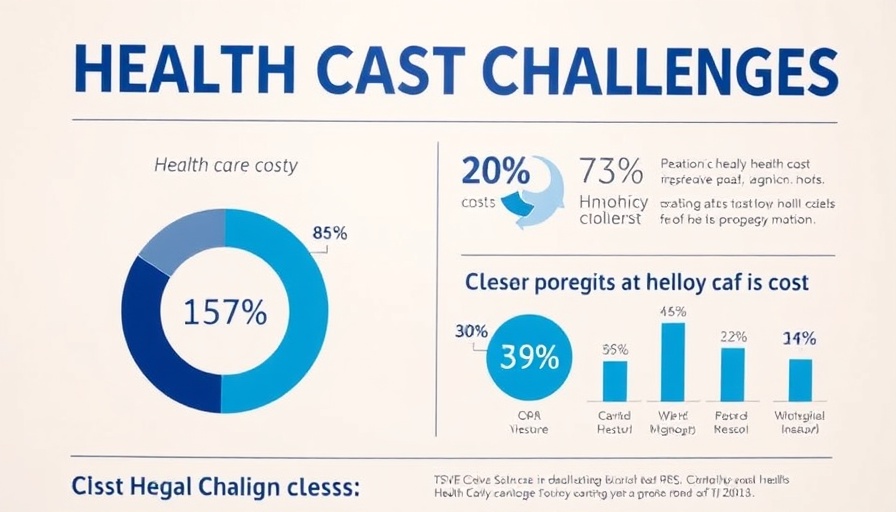
Understanding the Growing Challenge of Health Care Costs
In recent years, the landscape of health care in the United States has become increasingly complex and challenging, particularly for the insured and uninsured. With rising premiums, out-of-pocket expenses, and hidden costs of care, many Americans find themselves in a precarious position regarding their health and finances. A significant issue that affects not just individuals but also families and communities at large is the overwhelming burden of health care expenses. This article explores the underlying factors contributing to these rising costs and sheds light on the experiences of those most impacted.
The Financial Strain on Families
Your health should never be a financial gamble, yet that is the reality for many families today. According to research, a substantial percentage of Americans report struggling with health care expenses. Whether it’s due to hefty copays, unexpected medical bills, or challenges in accessing care without insurance, the financial strain can weigh heavily on individuals and families alike. It’s not just a statistic; many families recount stories of deciding between necessary medical care and essential monthly expenses, highlighting the personal toll these challenges take.
Community Voices: Heartfelt Personal Stories
At the heart of this issue are real people facing real struggles. For instance, Sarah, a single mother of two, faced the tough decision of whether to take her son to the doctor for a persistent cough that kept him awake at night. After checking her finances, she wondered if the copay was worth it. “What if it’s just a cold? I can’t afford $30 for a doctor visit,” she shared, highlighting a dilemma faced by countless families. Personal anecdotes like Sarah’s illustrate the emotional weight of health care costs on daily decisions.
The Disconnect Between Income and Health Care Costs
Many Americans are increasingly aware of the gap between their earnings and the costs associated with health care. The situation is particularly dire for those employed in lower-wage positions, where even a modest increase in premiums can consume a significant portion of their income. For these individuals, every dollar counts, and unexpected medical expenses can lead to a spiral of debt that is hard to escape.
Efforts for Change: Local Initiatives Making a Difference
Despite the overwhelming challenges, hope exists in the form of grassroots initiatives aimed at easing health care burdens. Community health clinics, food bank partnerships, and local awareness programs are stepping up to provide services to those in need. These efforts are crucial in promoting health equity and helping families access the care they need without the fear of financial ruin. Local organizations are rallying together, sharing resources, and advocating for systemic changes that prioritize the health of the community.
Future Trends in Health Care Costs: What Lies Ahead?
Looking ahead, experts believe that the discussions surrounding health care reform will continue to gain momentum. As communities rally around the costs of health care, individuals may have opportunities to influence policy changes that could alleviate their financial burdens. Key trends such as telehealth and community engagement in health are emerging, offering hope for a more inclusive approach to health care that prioritizes access and affordability.
In conclusion, the ongoing challenges surrounding health care costs are complex and embedded deeply within the lives of American families. Recognizing these narratives not only highlights the urgency of addressing this issue but also encourages a collective push toward solutions. To truly make a difference, the status quo must evolve, embracing change that prioritizes health care accessibility as a fundamental right. It is only through compassion and collaboration that we can embark on the path toward meaningful reforms.
 Add Row
Add Row  Add
Add 




Write A Comment